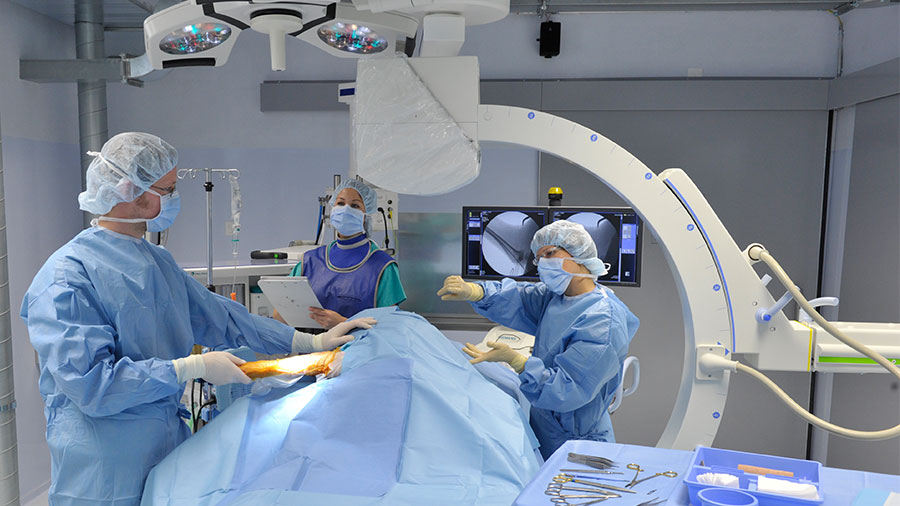Fracture Research Animal Models Database (FRAMD)

Discover the list of 4,600+ peer-reviewed studies, search easily and find the most relevant and key animal model data - free of charge.
4,600+ relevant articles
600+ journals
160+ publishers
Are you ready to discover FRAMD?
Clinically relevant
Reproducible
Humane
-
What is a research animal model?
In the context of this database, a research animal model describes the use of a research animal in which a clinical condition (e.g., diaphyseal fracture, osteoporosis, polytrauma) or intervention (e.g., internal fixator, ostectomy) is replicated using a standardized method to provide the opportunity for controlled scientific analysis.
Aside from orthopedics, research animal models are employed in virtually all fields of biomedical research including, but not limited to, basic biology, immunology and infectious disease, oncology, and behavior. Their purpose is to minimize variables that can otherwise confound clinical research (e.g. patient age, comorbidities), thereby expediting scientific investigation. At the same time, animal models allow testing for safety and efficacy of medical/surgical treatments that might otherwise put the clinical patient at risk or exposed to interventions that offer little or no therapeutic value over the clinical standard.
Research animal models therefore allow us to better understand the natural history of disease, to develop new and improved surgical techniques, and even to predict the effect of a given treatment. In every aspect of orthopedic research, the use of research animal models still constitutes an essential step that leads to the eventual application of newly acquired information to the human and veterinary clinical patient. [i]
[i] An YH. & Friedman RJ. 1999. Animal Models in Orthopedic Research, CRC Press, Boca Raton, USA.
-
How is FRAMD populatedScientific articles for are sourced from the PubMed® database using the term bone and fracture and animal. Inclusion criteria are abstracted English language articles and exclusion criteria include clinical case series and case reports, review papers, and articles not using live research animals (e.g. cadaver-only studies). Full-text articles are retrieved for the remaining citations and those reporting use of research animals as models for fracture trauma or disease are critically reviewed with relevant data manually extracted for population of the FRAMD.
For the years 1980-2020, over 4600 relevant articles derived from 612 journals originating from 165 publishers have been catalogued.
How does FRAMD benefit you and your research project?
FRAMD fills an unmet need by providing preclinical researchers and funding agencies with a dedicated resource that will enhance their ability to select animal models of fracture injury and disease that pertain to the investigator’s research focus and are clinically relevant, reproducible, and humane. FRAMD will reduce the unnecessary use of research animals, heighten workplace efficiency, and reduce costs by avoiding use of ill-suited or outdated animal models. FRAMD may particularly benefit: research scientists/clinicians participating in grant writing and organizations seeking best-practice assurance (eg, academic research societies, grant funding agencies, contract research organizations).
Enhance your data
Meet 3R humane principles
Heighten workplace efficiency
Reduce cost
You might also be interested in:
AO Research Institute Davos (ARI)
This is where the scientists work to improve the performance of surgical procedures, devices, and substances.




